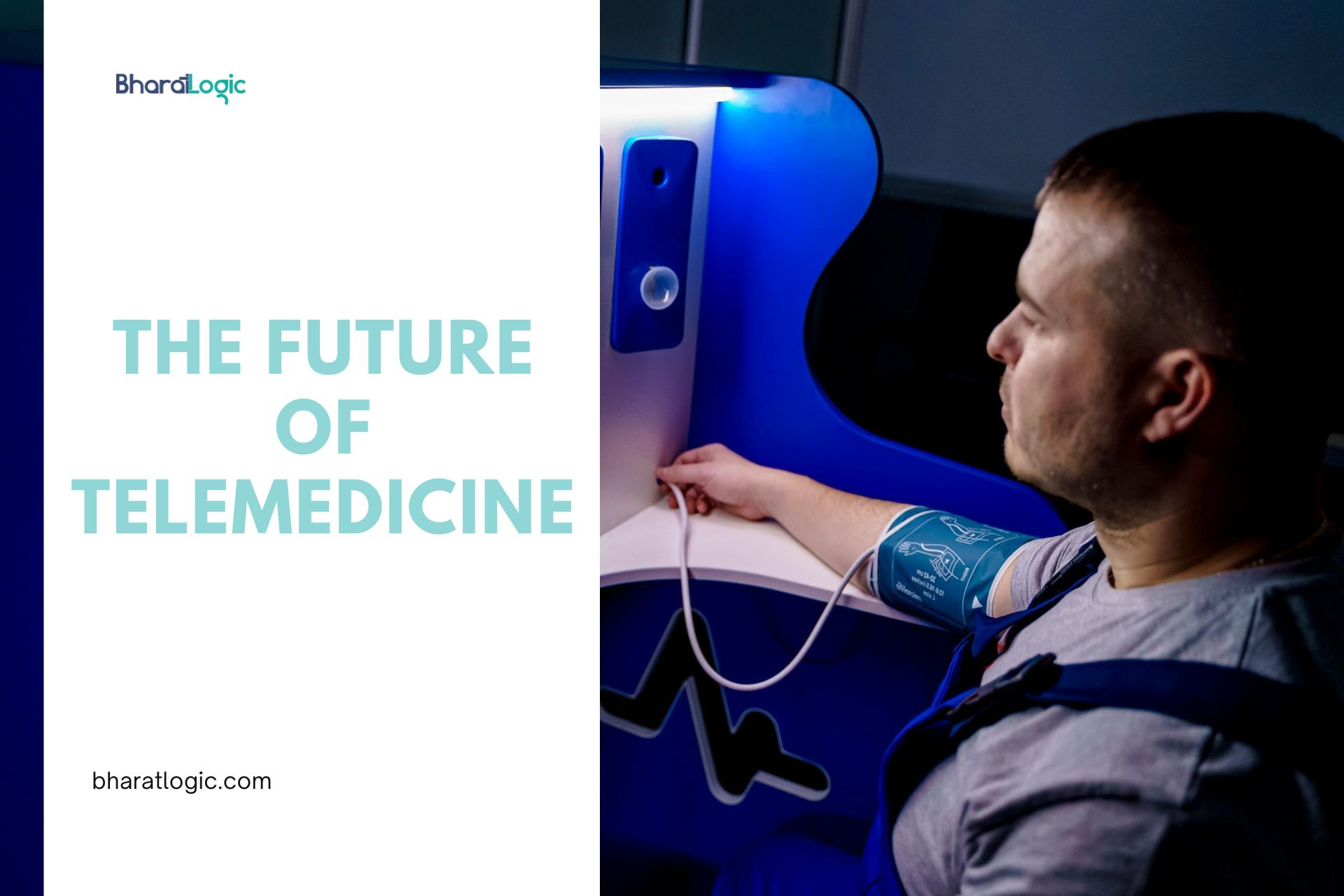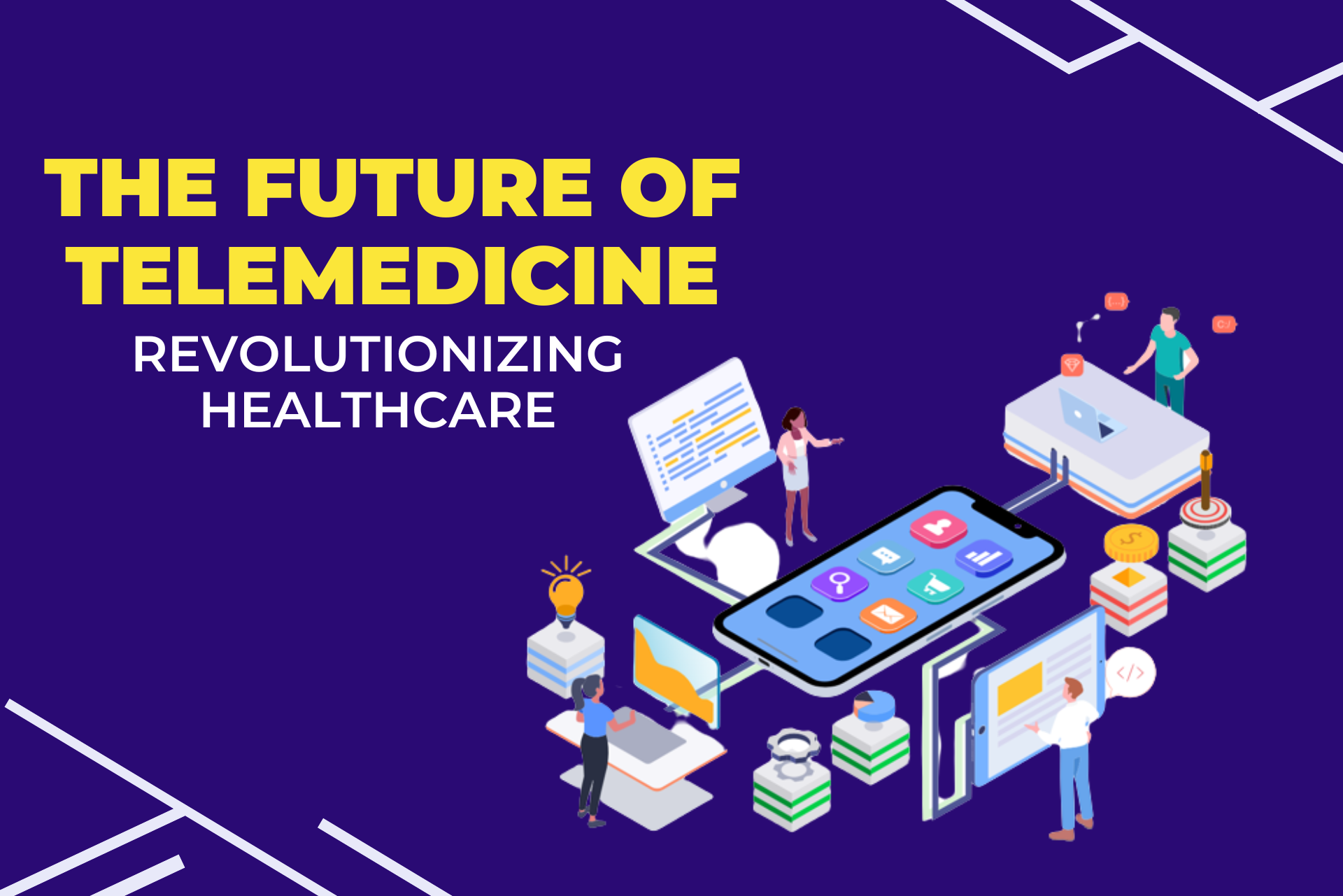Exploring the Future of Telemedicine
As technology continues to advance at a rapid pace, the way we access and receive healthcare is also evolving. One of the most exciting developments in this space is telemedicine, which allows patients to connect with healthcare professionals remotely through video calls, phone calls, and messaging. In this blog, we will explore the future of telemedicine and how it is changing the way we access healthcare.
Table of Contents
ToggleThe Rise of Telemedicine

Telemedicine has been growing in popularity over the past few years, and the COVID-19 pandemic has accelerated its adoption even further. With lockdowns and social distancing measures in place, many people turned to telemedicine as a safe and convenient way to receive medical care without having to leave their homes. This surge in demand for telemedicine services has forced healthcare providers to quickly adapt and implement technology that allows them to connect with patients virtually.
The Benefits of Telemedicine

There are many benefits to using telemedicine for both patients and healthcare providers. For patients, telemedicine offers convenience, accessibility, and flexibility. They can schedule appointments at a time that works for them, without having to take time off work or travel to a healthcare facility. This is especially beneficial for those who live in rural areas or have mobility issues. Telemedicine also reduces the risk of exposure to infectious diseases, making it a safer option during public health crises like the current pandemic.
For healthcare providers, telemedicine allows them to reach a larger patient population, increase efficiency, and improve patient outcomes. By offering virtual consultations, providers can see more patients in a day and reduce wait times. Telemedicine also enables providers to collaborate with other healthcare professionals in real-time, leading to better coordinated care. Additionally, telemedicine can help reduce healthcare costs by preventing unnecessary emergency room visits and hospital admissions.
Challenges and Barriers

Despite the many benefits of telemedicine, there are still some challenges and barriers that need to be addressed for its widespread adoption. One of the biggest challenges is ensuring the security and privacy of patient information. Telemedicine platforms need to be HIPAA-compliant and have robust security measures in place to protect sensitive data from cyber threats. Additionally, many patients and providers may be hesitant to embrace telemedicine due to concerns about the quality of care and the lack of a personal connection that comes with in-person visits.
Another barrier to telemedicine adoption is the digital divide, as not all patients have access to the necessary technology or internet connection to participate in virtual consultations. This can create disparities in healthcare access and outcomes, especially for vulnerable populations. To address this issue, healthcare providers need to work towards improving digital literacy and expanding access to affordable technology and broadband internet.
Also: Features Every Workflow Management System Must Have in 2024
The Future of Telemedicine

Despite these challenges, the future of telemedicine looks promising. As technology continues to advance, we can expect telemedicine to become more sophisticated and integrated into the healthcare system. Here are some key trends that are shaping the future of telemedicine:
1. Artificial Intelligence (AI) and Machine Learning: AI-powered telemedicine platforms can analyze medical data, provide personalized treatment recommendations, and even assist in diagnosing illnesses. Machine learning algorithms can learn from patient data to improve the accuracy of diagnoses and treatment plans over time.
2. Virtual Reality (VR) and Augmented Reality (AR): VR and AR technologies are being used in telemedicine to create immersive experiences that simulate in-person consultations. These technologies can be particularly useful for training healthcare professionals, conducting remote surgeries, and providing therapy for mental health conditions.
3. Remote Monitoring Devices: Wearable devices and sensors can collect real-time health data and transmit it to healthcare providers for remote monitoring. This can help in the early detection of health issues and better management of chronic conditions.
4. Telepsychiatry and Teletherapy: Telemedicine is expanding beyond traditional medical care to include mental health services. Telepsychiatry and teletherapy allow patients to access counseling and therapy sessions from the comfort of their homes, reducing stigma and improving access to mental health care.
5. Telemedicine in Emergency and Critical Care: Telemedicine is being increasingly used in emergency and critical care settings to provide timely consultations and interventions, especially in rural and underserved areas. Telestroke programs, for example, enable neurologists to remotely assess and treat stroke patients, leading to better outcomes.
In conclusion, telemedicine is revolutionizing the way we access healthcare and improving the quality of care for patients around the world. While there are still challenges to overcome, the future of telemedicine looks bright with advancements in technology and a growing acceptance of virtual care. As we continue to explore the possibilities of telemedicine, it is essential to prioritize patient safety, privacy, and equity to ensure that everyone has equal access to high-quality healthcare services.
Valuing quality above all else, BharatLogic prioritizes technological innovation and a meticulous approach to ensure exceptional results.
FAQ
Telemedicine appointments typically involve a video call between a patient and a healthcare provider. During the appointment, the provider can assess the patient’s symptoms, provide medical advice, and prescribe medications if needed.
Most telemedicine platforms use encryption and other security measures to protect patient information. It is important for patients to choose a reputable telemedicine provider and ensure that their personal information is kept secure.
Telemedicine can be used for a wide range of healthcare services, including virtual consultations with primary care physicians, mental health counseling, prescription refills, chronic disease management, and remote monitoring of patients’ health.
Telemedicine has the potential to revolutionize healthcare by increasing access to care, improving health outcomes, reducing healthcare costs, and promoting preventive care. As technology continues to advance, the possibilities for telemedicine are endless.



